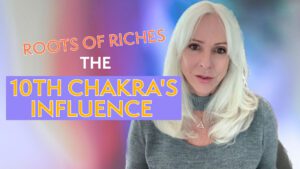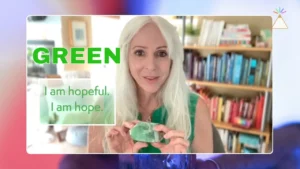Last updated on March 31, 2021
Did you know that your personal preferences for certain colors and textures are based on your own personal coloring characteristics?
You can thank Johannes Itten for this insight at the beginning of the 20th century.
The Pioneer of Personal Coloring
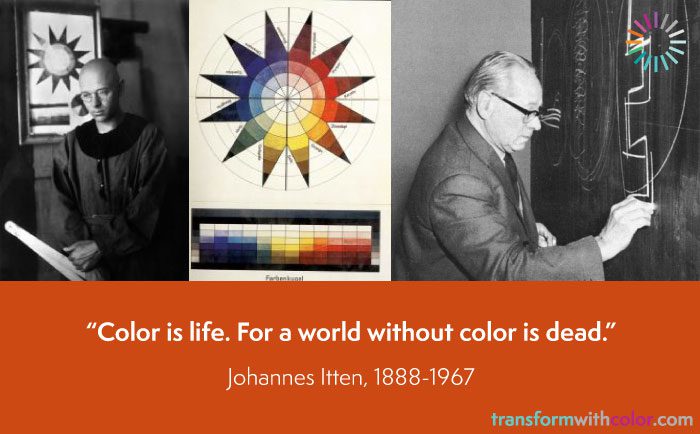

Itten was a Swiss painter and the creator and teacher of the Preliminary Course at the Bauhaus Weimar in 1919 as well as his own private design school (Itten-Schule) in Berlin in 1926.
He’s best known for his contributions to color theory including the 7 contrasts of color which are detailed in his seminal work, The Art of Color (a must read for any color and design lover!) He is also well known for his studies on subjective timbre. Unfortunately, the seasonal color analysis folks like to attribute him as the founder of seasonal color analysis and that is categorically incorrect. (I’ll explain a bit later.)
His unique interest in Eastern philosophies and culture made him different than most professors at the Bauhaus. His classes always started with movement and breathing exercises with the purpose to harmonize the body and the spirit. Even until the end of his life, the spiritual teaching of “mastering from the mind to the hand” was his way.
He was greatly loved by his students, even though his ways were considered unconventional for some (he really was ahead of his time.) Although he left the Bauhaus in 1922, it was during his time there that he started to see the correlation between his artist students’ subjective color preferences and their own physical characteristics and coloring…even their mode of thinking and personality.
"In my studies of subjective color, I have found that not only the choice and juxtaposition of hues but also the size and orientation of areas may be highly characteristic. Some individuals orient all areas vertically, others stress the horizontal or diagonal. Orientation is a clue to mode of thought and feeling. Some individuals include towards crisp and sharply bounded color areas, others to interpenetrating or blurred and haphazard patches. Individuals of the latter kind are not given to clear and simple thinking. They may be quite emotional and sentimentally disposed."
Johannes Itten, "The Art of Color"
Your Subjective Preferences Mirror your Personality
One day in class he assigned a specific harmonic color combination for his students to paint. They didn’t immediately start painting and when he asked what was wrong, they stated they found the colors “unpleasant.”
So, he decided to have them paint a harmony of colors that they found pleasing. Upon reviewing their subjective harmonies, he discovered that they painted the colors that made up their own personal coloring!
He expounds on this in The Art of Color, with color plates to illustrate four of his students’ pictures alongside their paintings.
Because of this, his theories on personal coloring (wearing the colors in you and their complements) started a whole new way of thinking about our coloring and how it holds the keys to our own personalities and what looks good on us. He is considered by most to be the pioneer in personal coloring.
Itten admonishes throughout his entire work that we become careful about only selecting color subjectively as it can become problematic. He clearly states we must understand the core principles of color aesthetics through the principles of color theory and impression, expression and construction.
“Subjective taste cannot suffice for the solution of all color problems. Knowledge of objective principles is essential to the correct evaluation and use of colors.”
Johannes Itten, "The Art of Color"
Basically, don’t assume you can correctly evaluate colors on a subjective level. To illustrate his point, Itten created a group of paintings focused on the colors of the seasons.
The REAL reason for the Four Seasons Paintings and why it has nothing to do with Seasonal Color Analysis
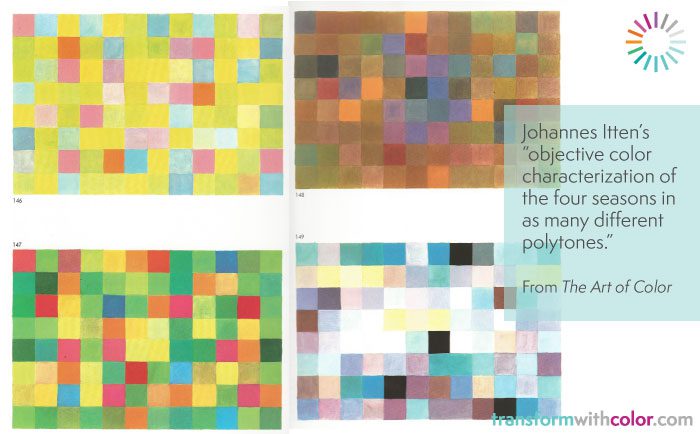

“The example of the four seasons shows that color sensation and experience have objective correlatives, even though each individual sees, feels and evaluates color in a very personal way.”
While his seasonal colors are to showcase objective color selection, by comparison, Itten does show a couple representations of the seasons done by his students that are heavily influenced by their subjective preferences for comparison.
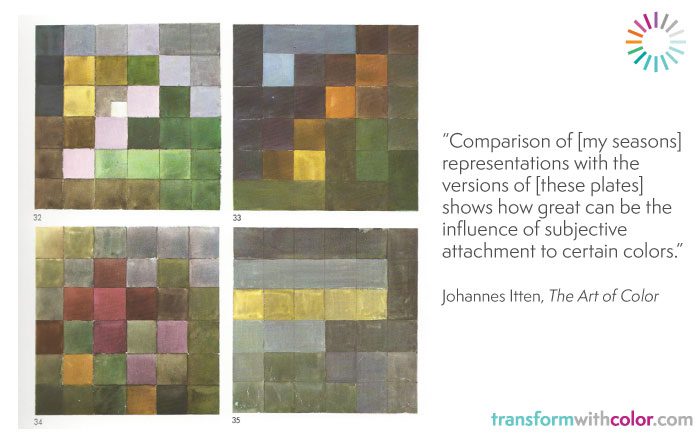

When thinking about your own subjective color preferences and tastes, know that it can cloud your judgement when thinking about color.
Yet, Itten gives us hope:
“It is worth mentioning that though I have diligently sought opinions on my color representations of the seasons, I have never yet found anyone who failed to identify each or any season correctly.”
“This convinces me that above individual taste, there is a higher judgement in man, which, once appealed to, sustains what has general validity and overrules mere sentimental prejudice.”
“This higher judgement is surely a faculty of the intellect. That is why well-disciplined color thinking and a knowledge of the potentialities of colors are necessary to save us from the one-sidedness and error of coloration informed by taste alone.”
To paraphrase, when he asked people what season each of his color paintings signified, they were able to identify them correctly.
Although this quote often gets confused with typing people into the seasons, it is meant to illustrate that man is able to judge color without his own subjective prejudice. This is key as we move forward in identifying the right colors for our personal environments and the right colors to use in public or work environments.
Itten was truly a pioneer when it came to his teaching methods and his work on color theory. If you haven’t read his book, it’s definitely worth studying to broaden your understanding of color.
